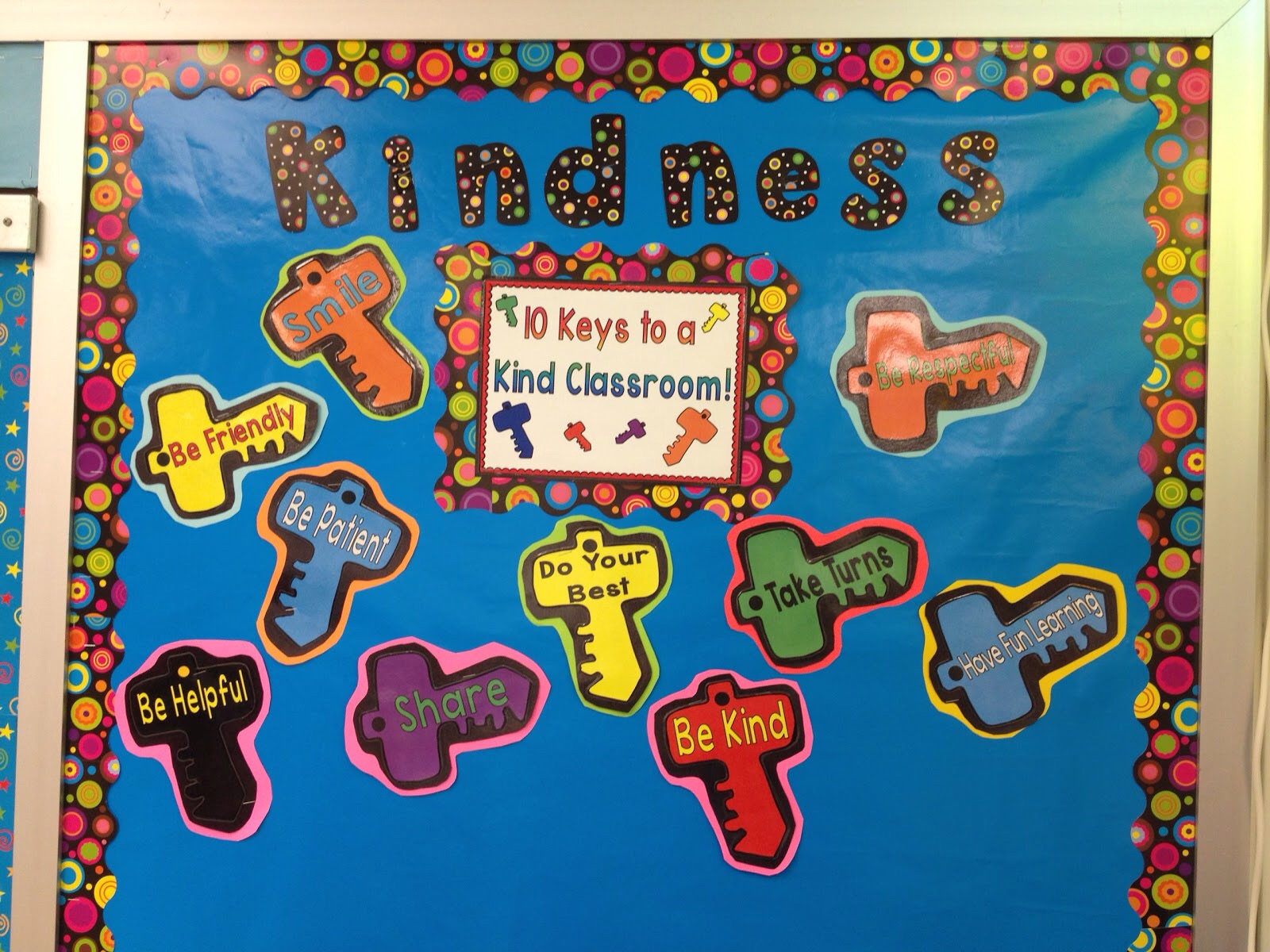Rotations kati flippin
Table of Contents
Table of Contents
Are you struggling to keep your students engaged during English language reading rotations? Do you find it challenging to come up with new and exciting ideas to keep them interested? Look no further! In this post, we will explore different reading rotation ideas that will enhance your students’ English language reading skills and keep them engaged.
Implementing reading rotations can lead to challenges such as classroom management, lack of engagement, and keeping track of student progress. However, these challenges can be overcome with proper planning and execution. This is where different reading rotation ideas come in handy.
Reading rotations aim to develop various skills such as fluency, comprehension, vocabulary, and critical thinking. The goal of implementing reading rotations is to have students independently work on these skills while the teacher provides individual or small group instruction.
Throughout this post, we will cover various reading rotation ideas that target different aspects of English language reading skills. These ideas range from interactive centers to technology integration and will provide you with several options to choose from.
Interactive Centers
One reading rotation idea that has proven to be successful is the use of interactive centers. These centers can include activities such as word games, puzzles, listening stations, and reading centers.
 For example, during word games, students can work on phonetic awareness, while reading centers can improve reading fluency and comprehension. These centers not only help students improve their reading skills but also provide a fun and interactive way for them to learn.
For example, during word games, students can work on phonetic awareness, while reading centers can improve reading fluency and comprehension. These centers not only help students improve their reading skills but also provide a fun and interactive way for them to learn.
Technology Integration
Another reading rotation idea that has gained popularity is technology integration. This method includes the use of online resources, such as reading apps and websites, to enhance students’ reading skills.
 For example, through the use of reading apps, students can practice their vocabulary, fluency, and comprehension skills. Websites such as Newsela and ReadWorks provide a wide range of non-fiction articles for students to read and practice their comprehension skills. Technology integration allows for individualized learning experiences and provides students with a sense of autonomy.
For example, through the use of reading apps, students can practice their vocabulary, fluency, and comprehension skills. Websites such as Newsela and ReadWorks provide a wide range of non-fiction articles for students to read and practice their comprehension skills. Technology integration allows for individualized learning experiences and provides students with a sense of autonomy.
Guided Reading
Guided reading is a popular reading rotation idea that focuses on small group instruction. During guided reading, the teacher works with a small group of students on a specific reading objective. This method allows for differentiated learning experiences and allows for teacher-led instruction.
 For example, during guided reading, the teacher can provide targeted instruction on reading strategies such as predicting, summarizing, and inferring. This method helps students learn a specific skill in a small group setting while receiving individualized feedback from the teacher.
For example, during guided reading, the teacher can provide targeted instruction on reading strategies such as predicting, summarizing, and inferring. This method helps students learn a specific skill in a small group setting while receiving individualized feedback from the teacher.
Independent Reading
Independent reading is an essential reading rotation idea that promotes students’ love for reading. During independent reading, students choose a book of their choice and read independently while the teacher monitors their progress.

Question and Answer
Q: How do I manage reading rotations in my classroom?
A: Setting clear expectations and modeling the rotation schedule can significantly help with classroom management. Consider using a timer or visual aids to keep students on track.
Q: What resources can I use for reading rotations?
A: Online resources such as Newsela and ReadWorks provide a wide range of non-fiction articles for students to read and practice their comprehension skills. Reading apps, such as Reading Eggs and Epic, can also be useful for fluency and vocabulary practice.
Q: How often should I change up my reading rotation ideas?
A: It is recommended to change reading rotation ideas every few weeks to keep students engaged and interested.
Q: How can I differentiate my reading rotations?
A: Consider grouping students based on their reading levels and providing targeted instruction during guided reading. You can also create different reading centers that focus on specific skills to cater to different learning styles.
Conclusion of Reading Rotation Ideas
Reading rotation ideas can significantly enhance students’ English language reading skills and keep them engaged and interested. By incorporating a variety of reading rotation ideas, such as interactive centers, technology integration, guided reading, and independent reading, teachers can promote independent learning experiences that cater to different learning styles and reading levels.
Gallery
Reading Rotation Powerpoint For Centers & Guided Reading Bright Smiles

Photo Credit by: bing.com / rotation rotations tired phonics eski1numara
Reading Rotation Chart For My Version Of “Daily 5.” It Works Really

Photo Credit by: bing.com / reading rotation guided chart works rotations daily classroom really version center well teacher table word work
Reading Rotation Signs & Recording Sheet - EDITABLE! | Read To Self

Photo Credit by: bing.com / rotation reading grade daily signs centers editable recording sheet second charts teach visit groups
Teaching Kati: Literacy Rotations Chart
Photo Credit by: bing.com / rotations kati flippin
Pin By Jenny Smith On Language Arts | Daily Five, Daily 5, Teaching

Photo Credit by: bing.com / rotation daily reading five chart group center charts guided centers grade stations classroom rotations literacy groups 3rd teaching kindergarten language





